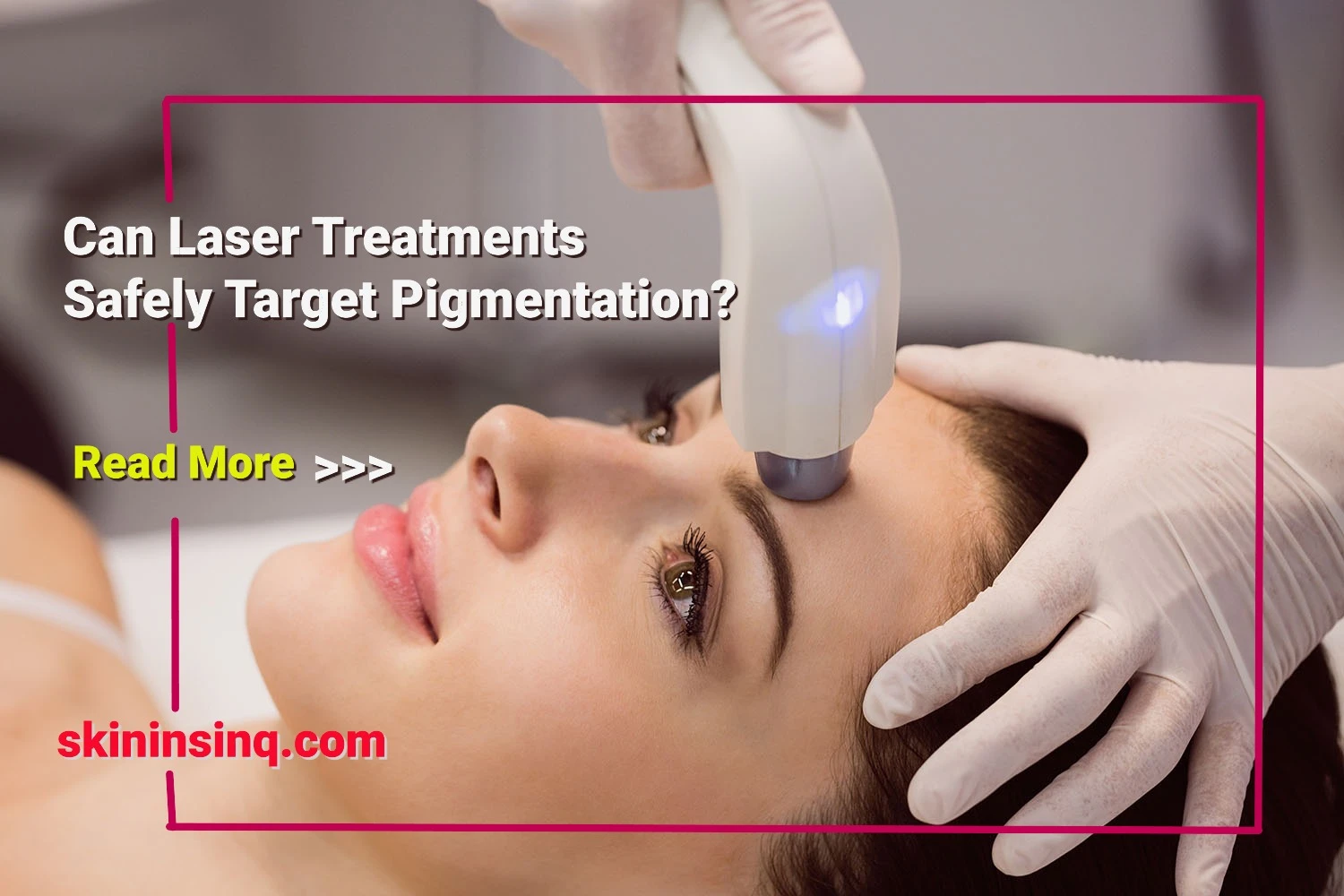Can Laser Treatments Safely Target Pigmentation? Understanding the Effectiveness and Risks of Laser Skin Therapy
Can Laser Treatments Safely Target Pigmentation? Understanding the Effectiveness and Risks of Laser Skin Therapy
Laser treatments have become a popular and effective option for reducing pigmentation issues such as sun spots, melasma, freckles, and post-inflammatory hyperpigmentation. These treatments work by targeting melanin—the pigment responsible for dark spots—using focused beams of light energy. While they offer promising results, many people wonder whether laser therapy is truly safe and suitable for all skin types. This article explores how laser treatments work, their effectiveness, and the potential risks involved.
How Do Laser Treatments Target Pigmentation?
Laser treatments target pigmented areas by emitting concentrated light that is absorbed by the excess melanin in the skin. The heat generated breaks the pigment down into tiny particles, which are then naturally eliminated by the body’s lymphatic system.
There are several types of lasers used for pigmentation treatment:
-
Q-switched Nd:YAG laser: Common for deeper pigmentation like melasma and tattoos
-
Fractional lasers (like Fraxel): Improve texture and pigmentation by treating micro-columns of skin
-
Intense Pulsed Light (IPL): Though not a laser, it uses broad-spectrum light to target superficial pigmentation
Effectiveness of Laser Treatments for Pigmentation
Laser treatments can be highly effective in reducing:
-
Sun spots and age spots
-
Freckles
-
Melasma (with caution)
-
Acne scars with dark pigmentation
-
Post-inflammatory hyperpigmentation (PIH)
Most patients notice a clearer, more even skin tone within a few sessions, with results improving over time as the skin heals and renews. However, the number of sessions required varies depending on the severity and depth of pigmentation.
Are Laser Treatments Safe?
Generally, laser treatments are safe when performed by a qualified dermatologist or licensed practitioner using the correct laser type for your skin condition and tone. However, safety depends on several factors:
-
Skin Type: Darker skin tones (Fitzpatrick skin types IV–VI) are more prone to post-laser complications like hyperpigmentation or hypopigmentation due to higher melanin content. Special lasers (e.g., Q-switched Nd:YAG) are safer for these skin types.
-
Laser Type and Settings: The wrong laser or aggressive settings can damage the skin barrier, leading to burns or pigmentation issues.
-
Pre- and Post-Treatment Care: Using sunscreen and avoiding sun exposure is crucial. Improper care can lead to poor results and side effects.
Potential Risks and Side Effects
-
Redness, swelling, or mild discomfort after treatment (usually temporary)
-
Hyperpigmentation or hypopigmentation, especially in darker skin tones or when treated too aggressively
-
Scarring or burns (rare, but possible if done incorrectly)
-
Rebound pigmentation, particularly with melasma, which is prone to recurrence
Conclusion
Laser treatments can safely and effectively target pigmentation when performed by a skilled professional using the right technology and precautions. They offer faster and more noticeable results compared to topical treatments, but they do carry some risk—especially for darker skin tones. Always consult a qualified dermatologist for a proper skin evaluation and to develop a treatment plan tailored to your specific needs and skin type. With the right approach, laser therapy can be a powerful tool for achieving clearer, more even-toned skin.

Related Blog
What Causes Oily Skin and Can It Be Managed Naturally? Exploring Root Causes and Gentle Solutions
Aug 2, 2025 by Admin
General
What Are the Signs That You Have Sensitive Skin? Key Symptoms to Help You Identify This Delicate Skin Type
Aug 1, 2025 by Admin
General